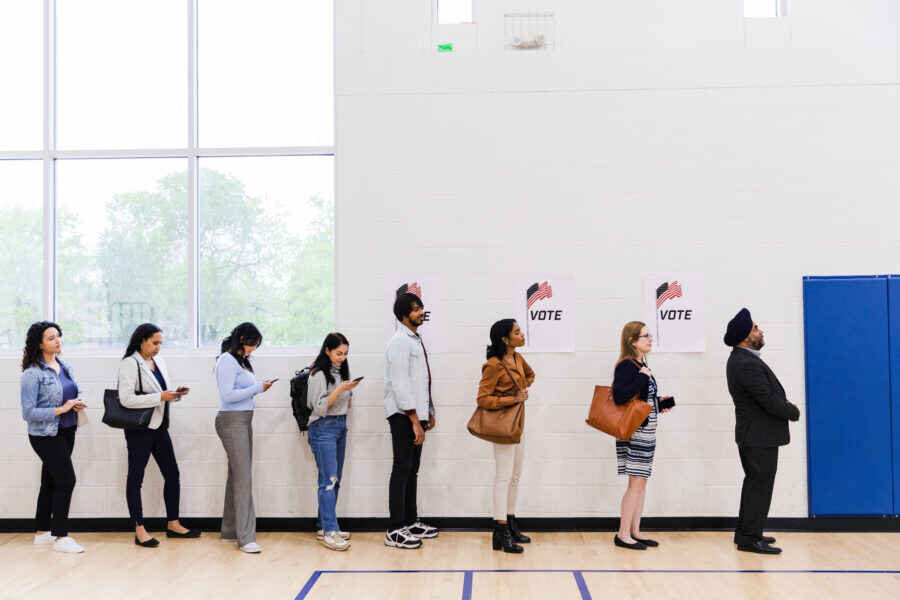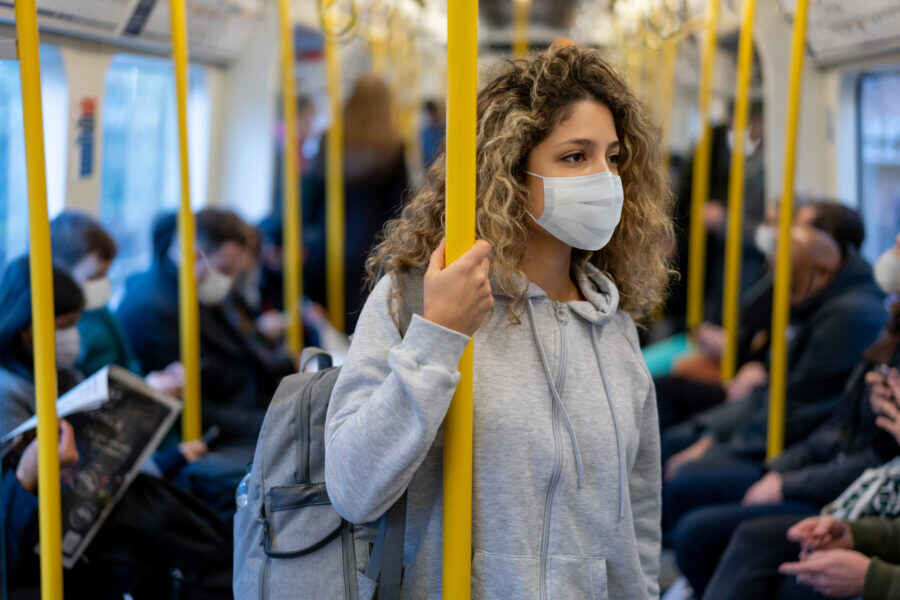
State Policies to Protect Access to Medical Cannabis Following Adult-Use Legalization
Fact SheetCannabis Legalization and RegulationThe influx of new customers created by the legalization of adult-use cannabis can place a strain on a state’s cannabis supply. This increased demand can present a challenge to the state’s medical cannabis system and potentially reduce patient access to medical cannabis. This fact sheet examines various state policies aimed at protecting patient access to medical cannabis.











